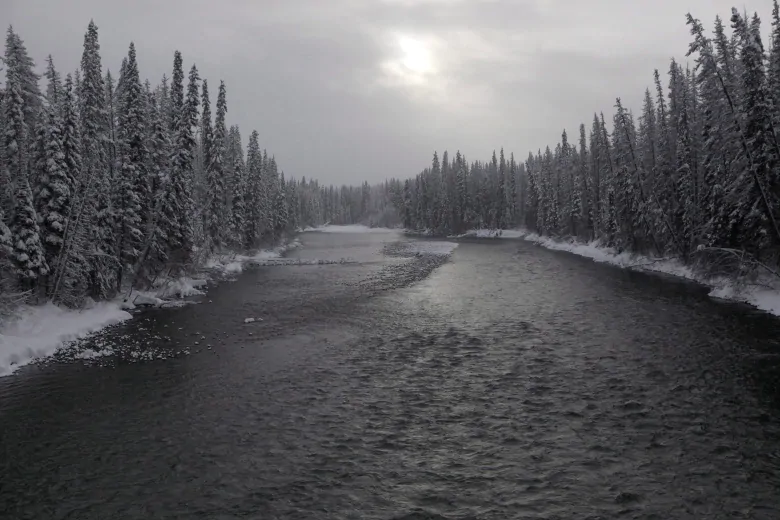Earth's frozen 'water towers' threatened by warming, population growth, report says

Water frozen at the tops of mountains that helps sustain up to a quarter of the human population is under threat from climate change, population growth and lack of proper management, according to a new international study.
The systems store and transport water through glaciers, snow packs, lakes and streams. They supply water to 1.9 billion people on Earth.
A group of 32 international scientists — including one Canadian — published a paper in the journal Nature on Monday to highlight the importance and vulnerabilities of what they call earth’s 78 water towers.
The study says immediate action — such as water conservation and sustainable development — is required to safeguard these resources.
Michele Koppes, a professor of geography at the University of British Columbia, was asked to join the group. She has studied glaciers for 22 years. She says there weren’t many surprises in ranking all the mountain water towers on their ability to supply water and their vulnerability. Many parts of them, such as glaciers, are shrinking.
“It was more about really reinforcing that the conversation needs to move beyond the changes that are happening to the cryosphere [frozen water on earth] and what are those downstream impacts of these changes to people,” she said.
The study was led by Prof. Walter Immerzeel and Dr. Arthur Lutz of Utrecht University in the Netherlands.
It found that the most relied-upon mountain system is the Indus water tower in Asia, which supplies water to parts of Afghanistan, China, India and Pakistan. The authors found that its ability to do that in the future will most likely be compromised because of expected population growth, temperature increase, and economic development.
According to the paper, the most critical water towers in North America are in the Northwest Territories and Nunavut as well as along the Arctic coast and in the Fraser and Columbia River basins in British Columbia.
The Fraser basin has plenty of surface water, but also a high demand for it downstream by the nearly 2.5 million people who live there. While the Columbia basin is rich in snow and glaciers, it also faces a high demand for water for irrigation for agriculture.
‘Cascading impacts’
Koppes says as populations grow and climate change affects these landscapes, it will be impossible to ignore related events.
“There is all these cascading impacts,” she said.
She says there will be more landslides in mountain areas and more flooding events. As a result water coming from water towers will be more turbid. There will be less water in summertime and implications for how water is used to create electricity.
“It’s really important to understand that we’ve vulnerable to these changes,” said Koppes.
Still she is hopeful that the paper will help highlight the risks these water supplies face and arms decisions makers with information to help find ways to conserve water and better manage the resources.





